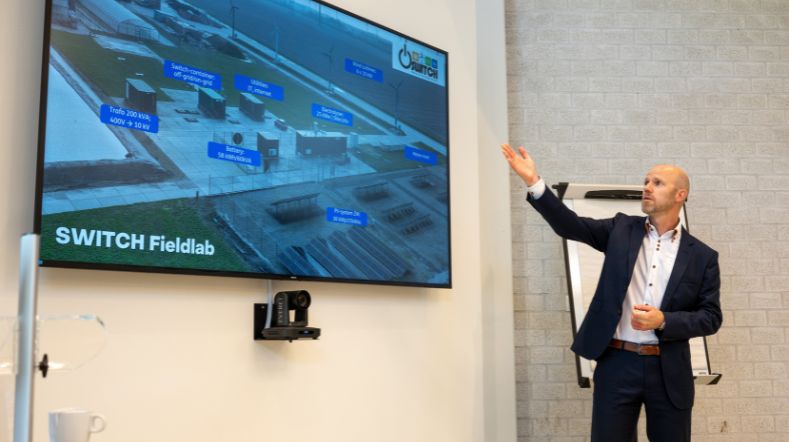PCSI - Partnership for Cybersecurity Innovation
Cyberattacks are becoming increasingly sophisticated, and their impact on both organizations andindividuals can be devastating. That is why TNO collaborates with partners in the Partnership forCybersecurity Innovation (PCSI) - a leading public-private partnership focused on innovation within thecybersecurity sector.
Various actors within the cybersecurity sector
PCSI plays a key role in developing the technologies and strategies needed to identify, fend off, andprevent these threats. The approach is based on collaboration, knowledge-sharing, and innovation. Bybringing together various actors within the cybersecurity sector, a space is created where ideasflourish, technologies and methodologies are developed and tested, and new partnerships emerge.The collaboration focuses not only on the technical aspects of cybersecurity but also on the humanand organizational factors that contribute to creating a secure digital ecosystem.
Innovation and Collaboration
PCSI believes that applied innovation is key to effective cybersecurity. PCSI develops advanced technologies and methodologies that enhance the security and privacy of digital systems. This is achieved by fostering an environment where collaboration is central and through a short-cycle innovation process with a rhythm of 4 months, which is aimed at achieving targeted results. The PCSI ecosystem consists of partners ranging from startups to established companies and knowledge institutions, all contributing to the development of innovative cybersecurity solutions.
An important aspect of the methodology is the actual construction of prototypes (‘Proof of Concepts')and their validation in pilots. These initiatives provide PCSI partners with the opportunity to test and validate newly developed technologies and methodologies in practice. These tests offer partners valuable insights into how effective the techniques and methodologies are and whether they can be integrated into their own organizations. A final step in the process is finding a ‘landing spot’ for the PCSI results. This is referred to as the ‘Exploit phase.’ In this phase, it is ensured that a result is implemented by our partners, transferred to a (commercial) security vendor, or, for example, made available as Open Source. There is a particular focus on collaborating with startups. Startups often bring new ideas into the mix, challenging traditional players in the industry to rethink their mindsets and working methods.
The short-cycle innovation process of iterative improvement is essential for developing robust and reliable cybersecurity solutions.
Knowledge-sharing within our network is of great value. By sharing the latest findings and best practices, PCSI partners, as well as non-PCSI partners, benefit from the most up-to-date insights. This not only helps them improve their own technologies and methodologies but also contributes to the overall resilience of the digital ecosystem in the Netherlands.
Contact Us
Are you interested in collaborating or would you like to learn more about PCSI and its projects? We arealways looking for new partners who share our vision and want to contribute to strengthening thecybersecurity sector. For more information, visit the Partnership for Cybersecurity Innovation.
Get inspired
TNO and Jungle AI collaborate to detect cyberattack on wind turbine and improve detection capabilities


AIVD, CWI, and TNO publish renewed handbook for quantum-safe cryptography


Time setter story: Noura El Ouajdi


Software testing


No migration without an inventory: protection against quantum computers starts with insights




